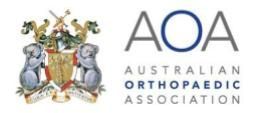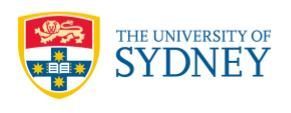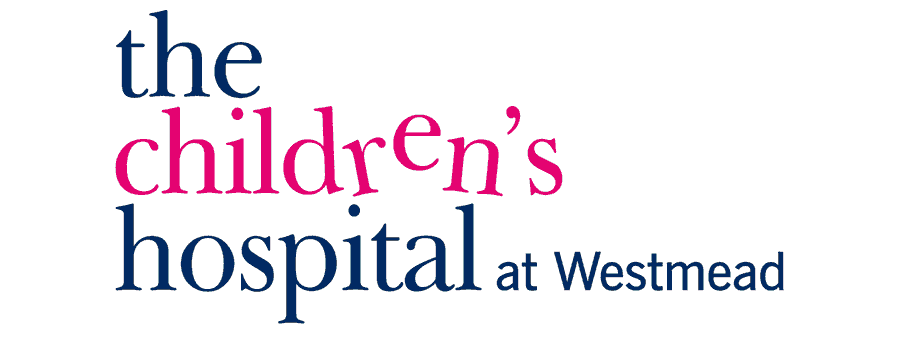Paediatric Orthopaedic Problems
Children can experience a variety of problems, many of which do not require any treatment and resolve by adulthood. However, there are some symptomatic problems suffered by adults that actually start during childhood but remain undetected. Early detection and treatment for many these conditions can prevent more serious conditions occurring later.
Foot and ankle problems affecting children can include:
- Flat Feet
- High arched (cavus) feet
- In-toeing (pigeon Toes)
- Out-toeing
- Knocked Knees (valgus)
- Bowed Legs (varus)
- Curly Toes
- Ingrown toenails
- Toe Walking
- Foot, ankle or toe pain
- Heel Pain
- Tarsal Coalition
- Accessory Navicular
- Clubfoot
- Sever's Disease
- Stress fractures
- Bunions (Hallux Valgus)
- Ankle sprains and ligament injury
- Clubfoot
Causes of Paediatric Conditions
Some of the causes of paediatric conditions include:
- Infection
- Genetics
- Neurological disorders
- Familial history
- Blount's disease
- Rickets disease
- Birth defects
- Abnormal fetal development
- Vitamin/nutritional deficiencies
Signs and Symptoms of Paediatric Conditions
Some of the signs and symptoms of paediatric foot conditions include:
- Abnormal gait pattern
- Difficulty walking/running
- Frequent tripping
- Pain in the foot, leg, knee, hip, or lower back
- Discomfort while wearing shoes
- Inability to bear weight on the affected foot
- Tired, achy feet with prolonged standing or walking
- Shortened foot length
- Callus formation
- Complaints about pain in their feet
- Ingrown toenails, bunions or flat feet
- Missing key developmental movement and walking milestones
The sooner you address issues with your children’s feet, the more likely you are to achieve a positive outcome.
Treatment for Paediatric Conditions
If your child exhibits any symptoms an assessment of the issue and possible treatments below could be considered:
- Activity modification: Avoid participating in activities that cause pain such as walking or standing for long periods of time.
- Physical therapy: Stretching and strengthening exercises of the foot can provide pain relief, strengthen muscles, and optimize foot function.
- Medications: Pain-relieving medications such as NSAIDs can help reduce pain and inflammation.
- Shoe modification: Wearing a well-fitting, supportive shoe with an arch insert or support insole can help relieve aching pain and discomfort caused by the foot condition.
- Orthotic Devices: Your surgeon may advise wearing specially designed custom-made orthotic devices to support and comfort the foot. Braces and splints may also be recommended to help support weakened muscles during walking as well as slow the progress of contractures (tightened tendons or muscles that become shorter over time).
Surgery
Surgery is performed only when conservative treatment is ineffective.







